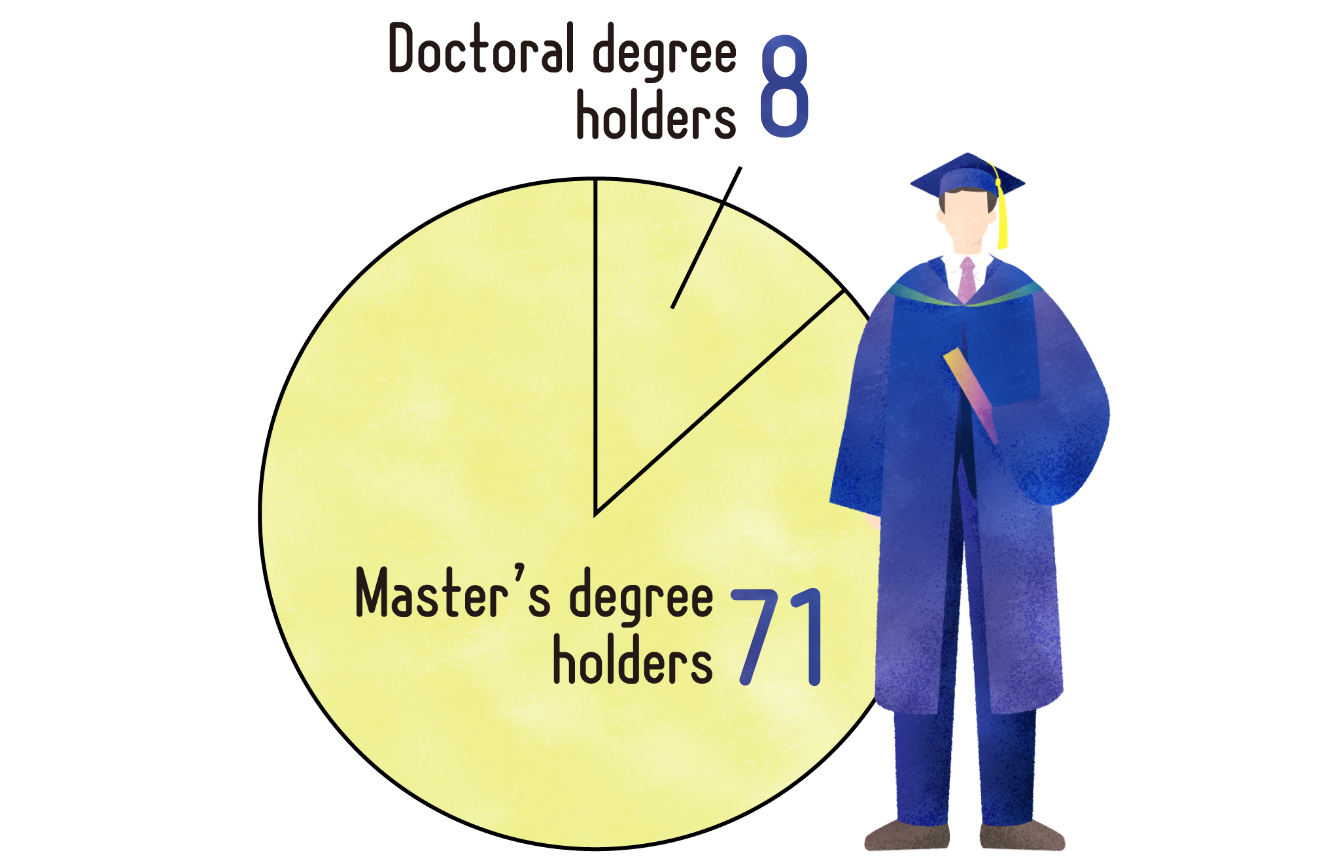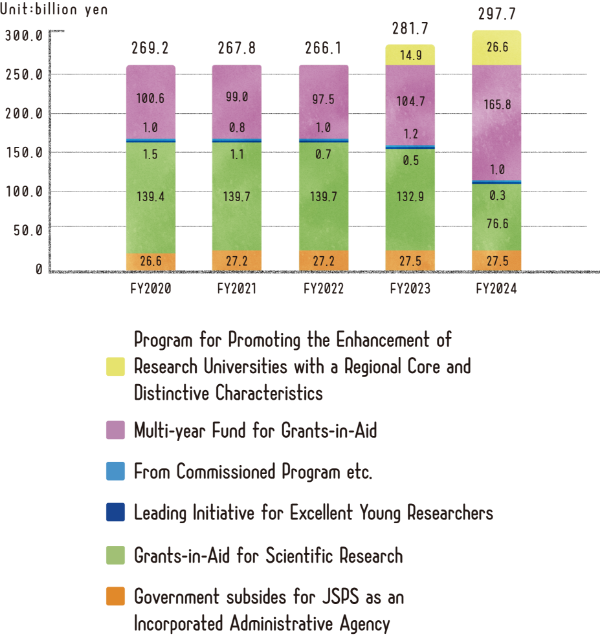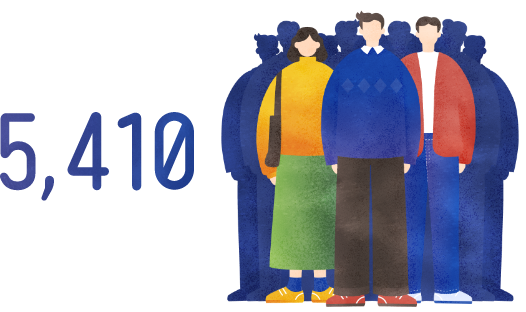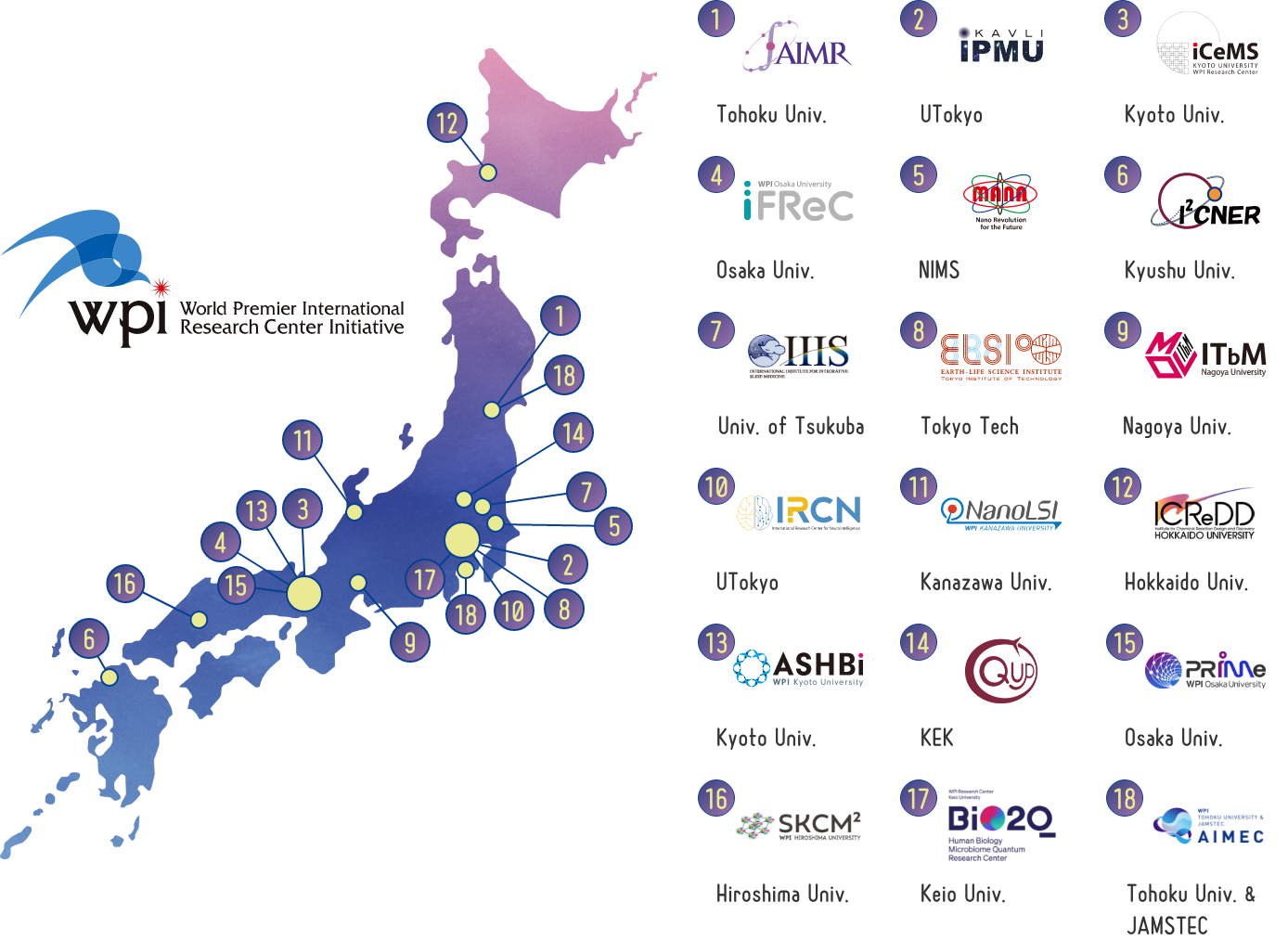Organization
Founding Year


Founded in 1932 with an endowment of Emperor Showa, the Japan Society for the Promotion of Science (JSPS), or Gakushin for short, is Japan’s sole independent funding agency, established by way of a national law for the purpose of contributing to the advancement of science in all fields of the natural and social sciences and the humanities.
JSPS is an independent administrative institution under the jurisdiction of the Ministry of Education, Culture, Sports, Science and Technology (MEXT).































